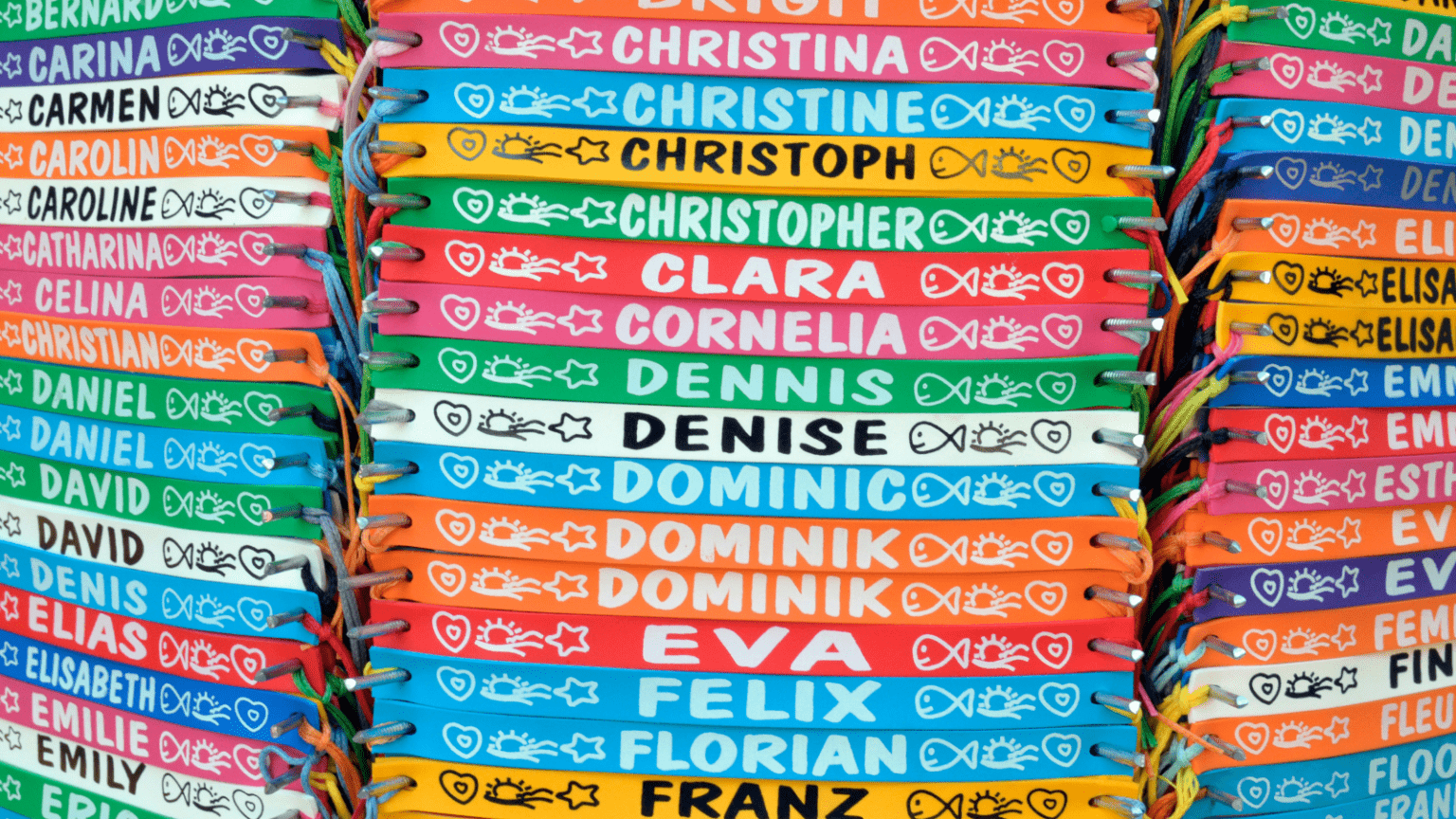5 Ways to Remember Students’ Names
In my many years of teaching, perhaps the biggest challenge I think is remembering students’ names. At the peak, I had up to 6 classes with 25 to 35 students in each class. While I did have a few students who took more than one class, or came back to take my classes again. Most of them were students I only saw for one semester or taught for one class. So, remembering them all was a real challenge. Here are five methods I and my colleagues used for remembering all of those names more easily.
1) Nicknames
This is not a technique I prefer, but it is one that was popular when I first came to teach in Asia and is still popular with some students. A relic of Suggestopedia that was intended to help students create a new identity in their target language, it often resulted in nicknames like “Superman” or “Mr. Kim” in my earliest days of teaching.
Confusion would also ensue when there were two students with the same names in a class, like the case where I had “Mr. Kim 1” and “Mr. Kim 2” in a morning conversation class or a writing class with two students named “Juyoung”. Who were best friends and naturally sat together every day so calling on them was always entertaining to say the least.
They did not want to use nicknames but were less than amused by being called “Juyoung 1” and “Juyoung 2” so it was a no-win situation unfortunately. Nevertheless, if students prefer a nickname and request that I use it I will respect their choice unless it is truly inappropriate for some reason.
2) Attendance sheets with pictures
The good news is that we can print attendance sheets with students’ pictures on them to help us match names to faces. The bad news is that, after freshmen year. Many students change their hair color, start to wear makeup, get eye surgery or wear contact lenses so they rarely look like their photos anymore. They can change their ID picture but it costs them about 10 dollars, so few students choose to do so. The alternatives are to use techniques 3 or 4 below to ensure that you have a recent picture of each student handy when required.
3) Taking group photos
Perhaps one of the best approaches I have seen used by many of our instructors back in the day that is still a good idea today is group photos. Have students group themselves into groups of 3-5 students depending on how many students are in the class and then have them make nametags or write their names above their heads on the blackboard or whiteboard.
Since our new classes have 4 to 5 whiteboards now, we can have multiple teams doing this at once. Each team can do a serious pose and a silly pose to make it more fun, and with digital cameras on everyone’s phones it is easy to make sure that the photos turned out and that you have pictures of everyone before you let them go for the day.
This may best be done at the end of classes during weeks 1 and 2 since students are adding and dropping during this time. Having folders for each class which you can then access and view at any time to help memorize names or check identities during class will make the task of remembering everyone much easier. This should always be conducted with full permission and in line with legal requirements on data protection in a given location. Photographs should be kept in a secure manner and deleted after the requisite time has passed and they are no longer required.
4) Making student ID cards for each class
This was my original approach to remembering student names and a few details about each student. In the first few classes, I would hand out small, lined index cards to each student and have them fill in a few details about themselves on the front of the card. Name, student ID, major, hobbies, email and a current ID picture were required.
These cards had a hole in the upper left corner so when I received the completed cards. I put them on a metal ring and soon I had a set for each class to help me remember each student. And I could use the back of the cards to make notes about students to help me remember. What they did right or wrong at the end of term when I was doing final grading. The problem was, of course. That I ended up with a lot of these cards to carry around with me from class to class and building to building.
5) Using Nametags
Recently, I have started to use single sheets of A4 or business sized paper to allow students to make and decorate their own nametags. I tried it with colored paper, but certain colors worked badly so I am now using plain white paper. Therefore, I pass out the paper and a few sets of colored pencils or markers and have students make a nametag with their names in English and Korean. I show them how to fold them into a triangle or show this video
[su_youtube url=”https://youtu.be/UDjf1zgOEak” width=”480″]
and pass out tape so they can tape their nametags to stand upright on their desks. I make them responsible for bringing and displaying their nametags every day. No nametag, and they are absent for that day. I only have to remind them once or twice and most of them remember to bring them. If they lose it, they can make a new one or ask for another piece of paper and I will let them make a new one.
This way, I can always call them by name even on day 1 as long as they have written their name in big enough letters. I usually make a sample for myself before the first week. And show them what I expect in terms of name size and possible decorations. I have even given out a small prize for the most colorful or best decorated nametags to provide a little bit of extra motivation.






